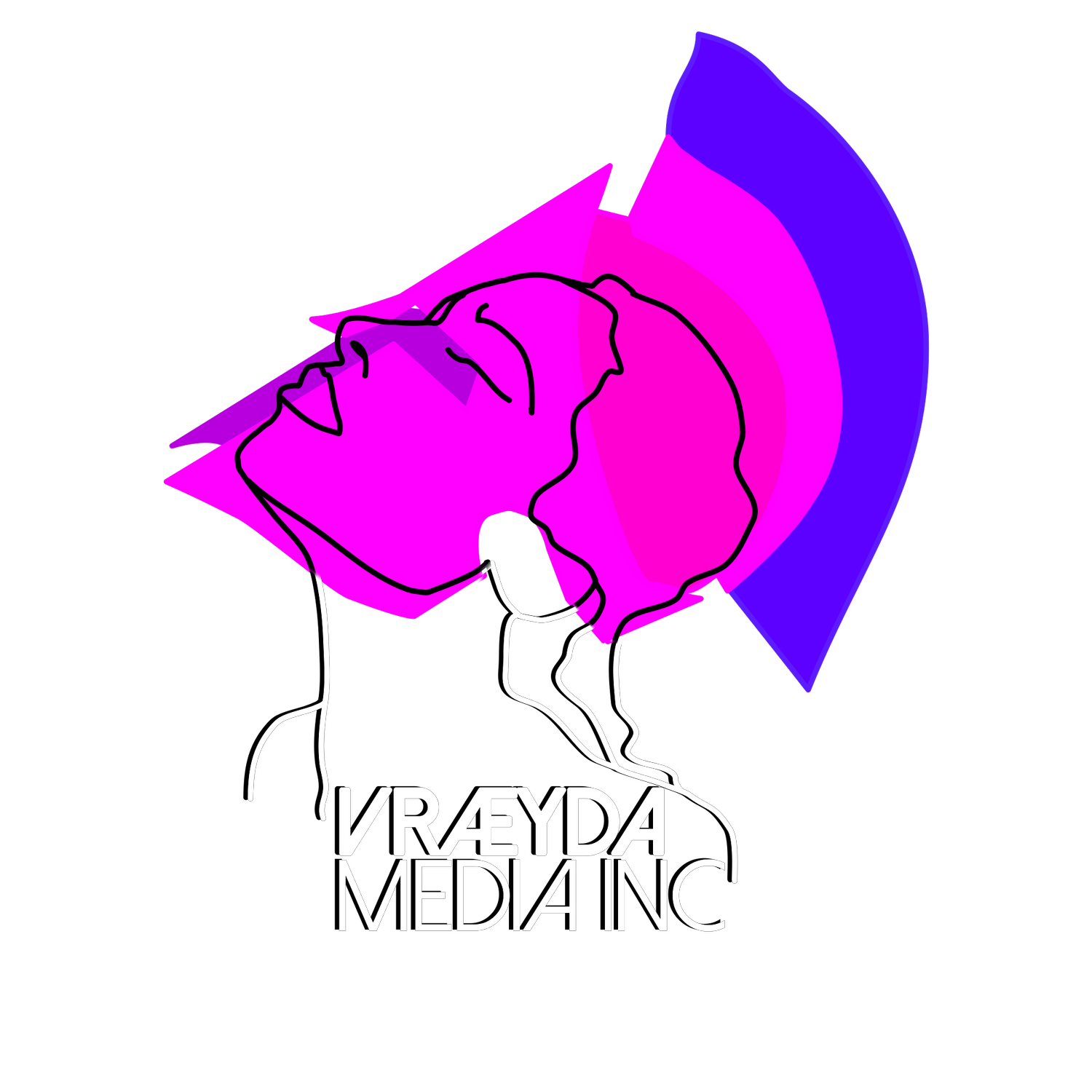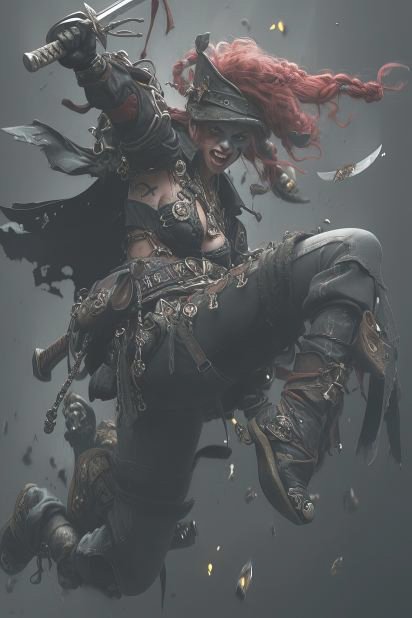Sword And Sorcery and TTRPG?
Time to explore the unique niche within fantasy called sword and sorcery and how it is reflected in tabletop role-playing games.
Over the decades sword and sorcery became a unique place within fantasy, pulling the focus from grand, world-altering narratives to the close-up trials of heroes. It emphasizes localized heroic adventures, personal conflicts and an often morally ambiguous hero going about a world rich with feudal influences. Challenges set in rugged realms are met with blade and magic.
The early foundations of sword and sorcery can be traced back to the burgeoning of pulp fiction in the early 20th century. Its narrative style began to form, breaking away from high fantasy. Writers crafted tales that centered on focused, non-world-threatening yet richly detailed adventures.
In the 1930s, Robert E. Howard wrote stories of Conan the Barbarian. First appearing in pulp magazines like Weird Tales, Conan's adventures introduced personal, morally ambiguous tales rich with wild adventure. A decade later, Fritz Leiber wrote his first Fafhrd and the Gray Mouser story. He is credited with penning the term “sword and sorcery” in a letter published in the fanzine Amra in 1961.
It was not all male writers and male heroes, though. C.L. Moore (Catherine Lucille Moore) introduced Jirel of Joiry, a female warrior. In 2019, she was retroactively awarded the Hugo Award for her 1944 novelette, “No Woman Born”.
And then, the 1980s happened.
Before then, there was a trickle of sword and sorcery films in the 50’s - 70’s. During the 80s, due partly to the success of Arnold Schwarzenegger’s Conan the Barbarian in 1982, their numbers exploded. TV shows sprang to life. It is not just books, comics, movies, and TV shows, but fantasy tabletop roleplaying games that also embrace this genre. The makers of Dungeons and Dragons gleaned so much from Lieber’s work, they paid him royalties.
These games do this by encompassing the key elements of sword and sorcery, the first of which is… it’s personal. The hero, and the players, are involved because of revenge, the desire to steal a precious item, rescue someone, or search for knowledge like a much-needed cure. These characters might struggle against the odds, forge a path to redemption, or maybe endure the Rites of Passage. Whichever it is, it is personal.
Another key element is the nature of the heroes themselves. They do not have to be heroes who are paragons of virtue but are often a mix of virtues and vices. Things like self-preservation, complex backgrounds, a willingness to employ violence (yes, spell casting is still violent even though the hands don’t get dirty) and having manipulative tendencies (looking at you, bards) along with a host of others.
The enemies are as well developed as the heroes. Personal vendettas, such as revenge for a personal loss, betrayals or broken alliances, personal rivalries, retribution for perceived injustices, etc, drive these villains, especially the Big Bad Evil Guy (BBEG).
There would be no sword and sorcery without the element of magic. Whether wielding it or battling through it, magic is there. It can be mysterious and nearly unknown to as prevalent as any household item but it will always be there. The hero sometimes wields magic and almost always fights foes who use it.
A homebrewing gamemaster searching for adventure ideas can dive deep into all things sword and sorcery. The books, comics, movies, and TV shows are out there, ready and waiting. Dive into them and find your next adventure.

